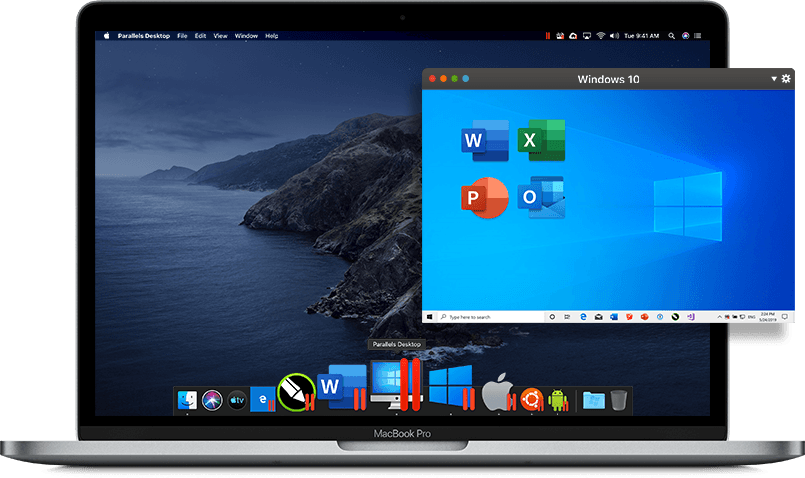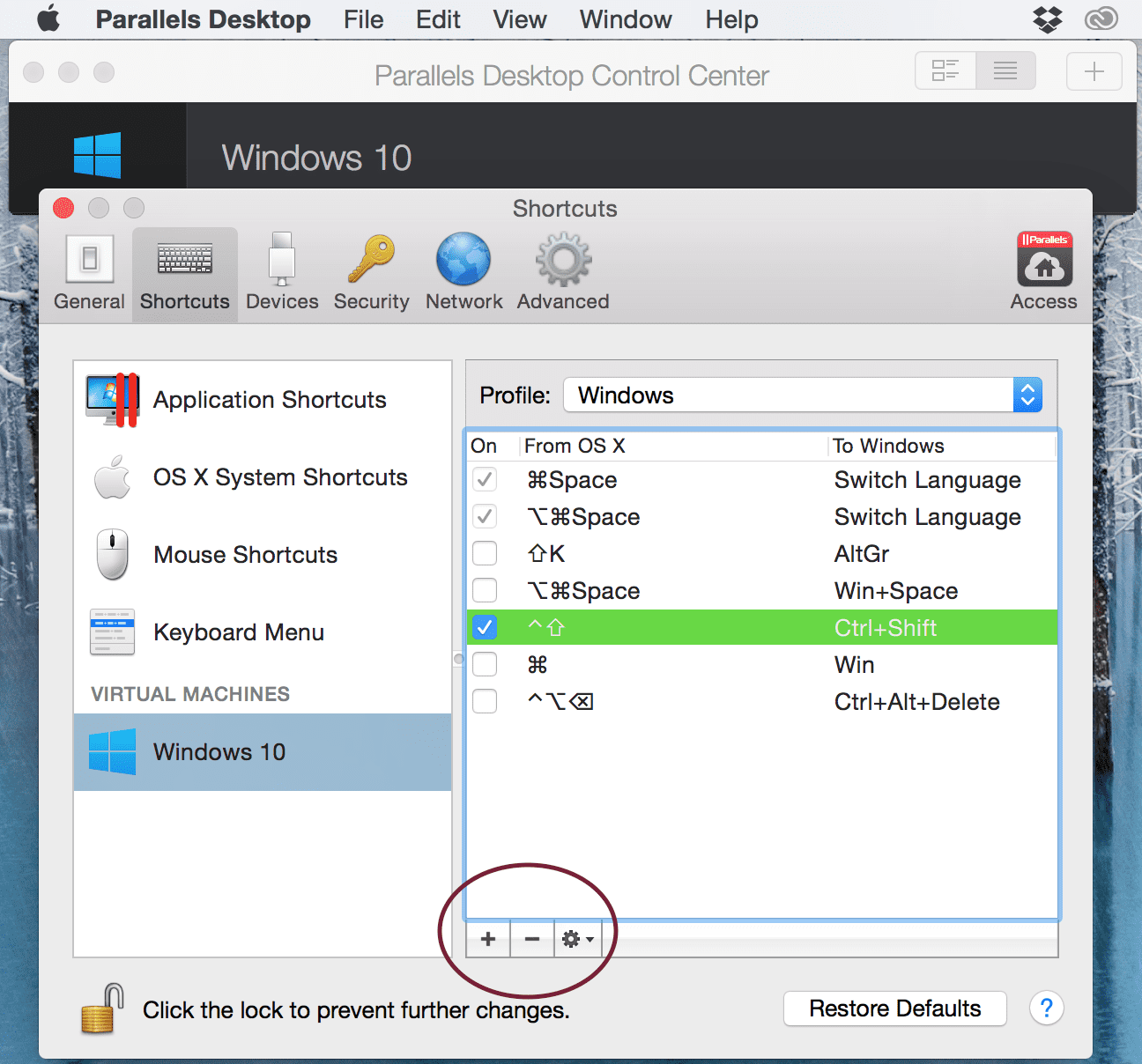

- Parallels for mac control key install#
- Parallels for mac control key password#
- Parallels for mac control key free#
I’d add this to my command-line: kvm -fsdev local,id=fs1,path=$HOME/code/linux,security_model=none \ -device virtio-9p-pci,fsdev=fs1,mount_tag=host-code. Say I want to share ~/code/linux with the VM.

Parallels for mac control key password#
The RFB password has to comply with the same policies as mentioned in Step 2 but has to be exactly 8 characters. Set KVM status to "Enabled - all ports" and configure an RFB password.

Minimum requirement for KVM is that server should have CPU virtualization extensions like Intel-VT and AMD-V.
Parallels for mac control key install#
When we install KVM on a Ubuntu Server then it becomes Type-2 KVM hypervisor.
Parallels for mac control key free#
KVM is a free and open source virtualization tool for Linux like operating systems.Also tagged with one or more of these keywords: mac, qemu, kvm, snow leopard virtualization Boot methods & tools → Boot virtual machines → Virtualization & Emulation proposal on SE.You can use any combination of the Control, Option (Alt), Shift, and Command keys to specify the key combination that will be used to emulate a mouse right-click or middle-click in the virtual machine. Click in the corresponding text field and press the key or combination of keys that you want to use with a mouse click to trigger a right-click or middle-click.Select Secondary click (for right-click) or Middle click.To emulate a mouse right-click or middle-click: Select a virtual machine and choose a profile from the Profile menu.Įmulate a Mouse Right-Click or Middle-Click.To change a profile assigned to a virtual machine: In the Shortcuts pane of Parallels Desktop Preferences, you can also assign profiles to your virtual machines. Note: You can rename or remove your custom profiles only. To duplicate or rename one of the existing profiles, select this profile, click the button, and select the corresponding action from the menu.To remove one of the existing custom profiles, select it and click the Remove button.Then select this new profile in the Profile list and configure its shortcuts. After the profile is created, you can submit the changes by clicking OK. Specify the new profile name and select the base profile from the list. To add a new profile, click the Add button.Select a virtual machine from the sidebar, click the Profile menu, and select Edit profiles list.Right-click the Parallels Desktop icon in the Dock and choose Preferences.Click the Parallels icon in the menu bar and choose Preferences.To create a custom keyboard profile or edit the existing profiles: You can create your own profile and assign it to your virtual machines. When you create or register a virtual machine, one of these profiles, depending on the guest operating system, is assigned to the machine by default.

Customize the Keyboard for the Guest OS Customize the Keyboard for the Guest OSīy default, Parallels Desktop contains four profiles that represent sets of key combinations typical for the following OSs:


 0 kommentar(er)
0 kommentar(er)
